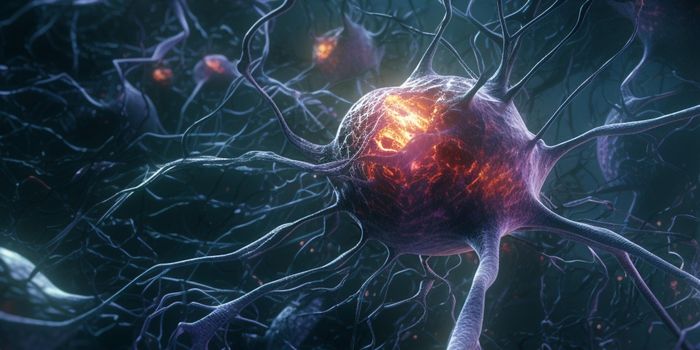Over One Hundred New Genetic Links to Abnormal Micronuclei are Found
Most cells in the human body carry the entire genome within their nucleus, and as cells divide, age, or are exposed to environmental stresses like UV rays, the DNA in that nucleus can become damaged. Cells have a variety of ways to repair different errors that can arise in DNA. Micronuclei, for example, contain genetic material that should be sequestered in the nucleus, but has been misplaced. The presence of micronuclei in cells has been linked to a variety of disorders including some types of cancer and developmental diseases.
In a series of experiments in which the activity of over 1,000 genes was each systematically knocked out, scientists have now identified 145 genes that are associated with the formation of micronuclei in mouse cell lines. The findings have been reported in Nature.
When a gene called DSCC1 was ablated, there was an increase in genomic instability. In mice without DSCC1 expression, the animals displayed symptoms of diseases known as cohesionopathies. These diseases are caused when cohesin proteins are dysfunctional, leading to chromosome disorganization, and improper segregation of the genome in dividing cells. This is a serious problem for cells, and can increase the risk of developmental problems including growth retardation, distinctive facial features, and intellectual disability.
But the effects of the loss of DSCC1 could be partially rescued by removing a protein called SIRT1. The removal of SIRT1 was found to reduce levels of DNA damage. The deleterious impact of DSCC1 knockdown was rescued with SIRT1 knockdown, because of the restoration of a protein called SMC3.
The findings helped shed new light on genetic factors that influence the health of the human genome over a lifetime, how diseases develop as the genome loses integrity, and may open up new treatment options for cohesinopathies.
“Continued exploration on genomic instability is vital to develop tailored treatments that tackle the root genetic causes, with the goal of improving outcomes and the overall quality of life for individuals across various conditions," said senior study author Professor Gabriel Balmus of the UK Dementia Research Institute at the University of Cambridge. "Our study underscores the potential of SIRT inhibitors as a therapeutic pathway for cohesinopathies and other genomic disorders. It suggests that early intervention, specifically targeting SIRT1, could help mitigate the biological changes linked to genomic instability before they progress.”
Sources: Wellcome Sanger Institute, Nature









